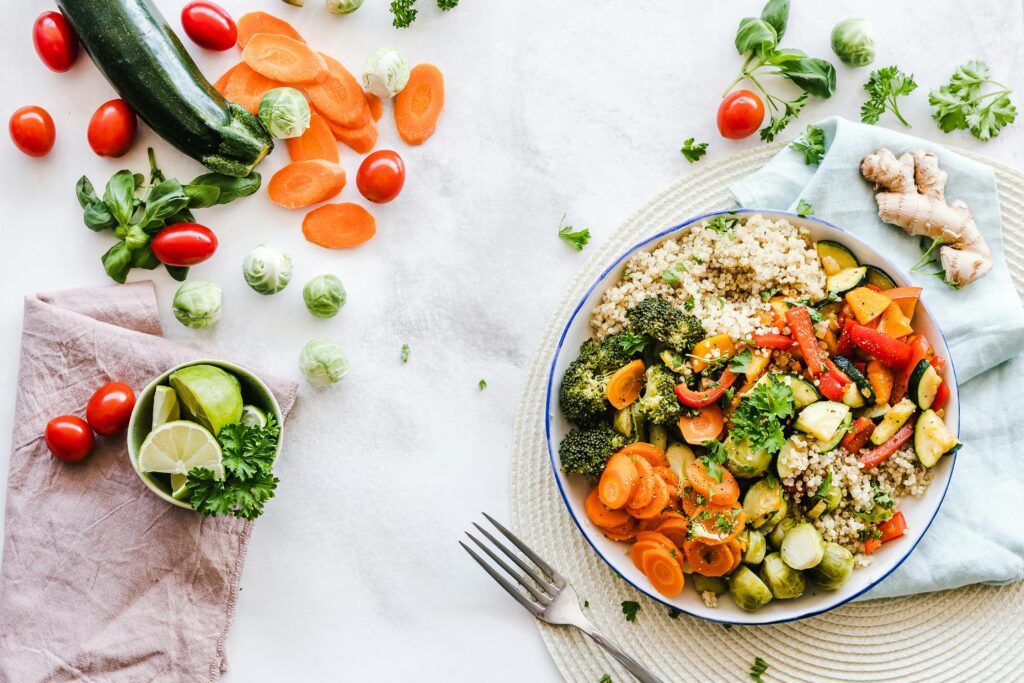The Ultimate Guide to Nutrients: What Your Body Really Needs to Thrive

Nutrients are the invisible warriors behind every heartbeat, thought, and breath. They are the compounds in food that nourish your body, keep you alive, and help you grow stronger—physically, mentally, emotionally.
There are 6 essential nutrient groups, and every single one plays a unique, irreplaceable role in your health.
Carbohydrates – Your Energy Fuel
Function: Provide glucose, your body’s #1 energy source.
Types: Simple (sugars), Complex (starches & fibers)
Sources: Rice, whole grains, fruits, vegetables, legumes
Fun Fact: Your brain alone uses up to 20% of your daily carb intake.
Proteins – The Body’s Builders
Function: Build and repair tissues, make enzymes, hormones, muscles
Made of: Amino acids (9 essential ones must come from food)
Sources: Eggs, meat, dairy, tofu, lentils, chickpeas, nuts
Pro Tip: Plant-based? Mix different sources (rice + dal) to get all aminos.
Fats – More Than Just Calories
Function: Energy reserve, brain function, hormone production, cell protection
Types:
Saturated (limit intake)
Unsaturated (healthy!)
Trans fats (avoid)
Sources: Avocados, nuts, seeds, olive oil, fish, ghee (in moderation)
Did You Know? Your brain is nearly 60% fat!
Water – The Silent Life Force
Function: Regulates temperature, aids digestion, transports nutrients, removes waste
Daily Need: 2.5–3.5 liters (depends on climate, activity, body size)
Warning Sign: If you’re tired and cranky, it might be dehydration—not just drama.
Vitamins – The Micro-Magic Molecules
Function: Support immunity, vision, skin health, bone strength, metabolism
Types:
Fat-soluble: A, D, E, K (stored in fat)
Water-soluble: B-complex, C (not stored, daily intake needed)
Sources:
A: Carrots, spinach
B: Whole grains, dairy
C: Citrus fruits
D: Sunlight, mushrooms
E: Seeds, nuts
K: Green veggies
Minerals – The Body’s Building Blocks
Function: Bone strength, fluid balance, nerve function, oxygen transport
Key Minerals:
Calcium: Bones, teeth
Iron: Hemoglobin
Zinc: Immunity
Magnesium: Nerve + muscle function
Potassium: Heart + hydration
Sodium: Fluid balance (watch excess)
Sources:
Iron: Leafy greens, meat
Calcium: Milk, tofu
Magnesium: Nuts, whole grains
Potassium: Banana, coconut water
Phytonutrients, Antioxidants & Fiber
Not essential per se, but super-beneficial:
Phytonutrients: Found in colorful plants, boost immunity and protect cells
Antioxidants: Fight free radicals (found in berries, dark chocolate, green tea)
Fiber: Keeps your gut microbiome happy and digestion smooth
So… What Does a Balanced Plate Look Like?
✅ 50% fruits & veggies
✅ 25% whole grains
✅ 25% protein (plant or animal)
✅ Healthy fats in moderation
✅ Water as your default drink
Remember: No single food has it all. Balance is the real superfood.
Final Thoughts: Eat Smart, Not Perfect
Nutrition isn’t about restriction or fads. It’s about fueling your body with what it needs—and enjoying every bite of the journey.
So next time you eat, ask:
Am I feeding just my hunger—or my health too?